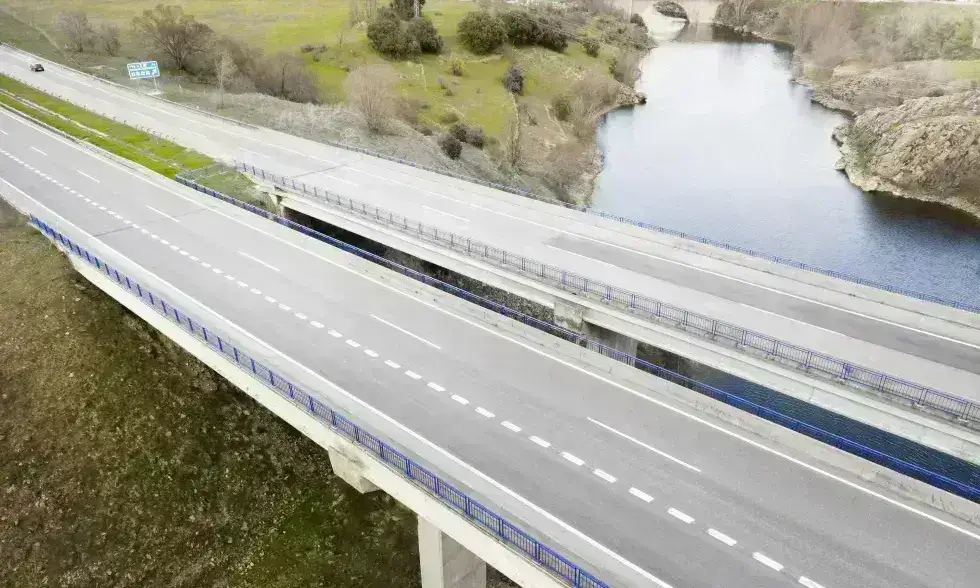Austria is especially popular in terms of transportation, as the highways and expressways make it much easier to use the road network. The road network around major cities such as Vienna, Linz, Graz and Innsbruck is particularly dense, as this is where it is most needed in terms of traffic. Currently, it is possible to travel on 1,703 km of highways and 477 km of expressways.
Since 1997, almost all Austrian motorways and expressways have been subject to a toll, so it is mandatory to buy an Austrian motorway sticker. The Austrian motorway vignette can now be purchased online. In addition to speed, another advantage is that you don't have to stick a sticker on the windshield and "scrape it off" later. Older people may remember when the front window of a car was full of stickers...
For most vehicles, most of the sections can be used with a standard passenger car sticker. Heavy vehicles pay a usage-based toll. The Austrian road network is characterized by continuous growth and development, and is deservedly famous for its excellent condition due to frequent maintenance. Although the length of the highways is almost 1,800 kilometers, they are constantly being expanded, and the same can be said for the country's expressways.
The Austrian road network and highways are grouped in two ways. One is the division of routes based on traffic rules, while the other is based on the owners of the road. In Austria, the country or the Federal Government is no longer responsible for toll roads, instead it has transferred this task to the Austrian infrastructure development company, ASFINAG.
The roads are called 'A' or 'S' marked with traffic signs. The letters are preceded by the name of the road. This is usually in the areas where sections are located. The markings inform you which road is in which region.
Motorists must pay a toll for driving on federal roads. However, there are also sections, such as the first section of the West motorway from the Walserberg border crossing to Salzburg-Nord, which are free of charge. Federal roads serve to connect with neighboring countries, and therefore play an important role in Austria's road system, mainly from a commercial point of view.
The longest motorway in the country is currently the A2 Süd motorway, which runs from Vienna via Graz to the Italian border. Its length is 380 kilometers. The A1 West Autobahn starts from Vienna and goes all the way to Salzburg, it is almost 300 kilometers long. After the German border, they connect directly with the A8 motorway. The approximately 200 kilometers long routes include the A9, A10 and A12 motorways.
Austrian motorway vignette is required to use Austrian roads. Truck drivers have a slightly more difficult task, since if they drive a vehicle weighing more than 3.5t, they must be equipped with a Go Box, which is a device that calculates highway tolls.
Some of the 17 existing Austrian highways are under construction. The length of these roads is currently nearly 500 kilometers, and a total of 700 kilometers are still planned.
According to road traffic regulations, there are no expressways in Austria, so sections are marked as highways on signs. The difference is not in the quality, but in the speed limits indicated on the road signs.
The official 2024 Austrian Motorway Vignette can be purchased here in the shop.



 Deutsch (DE)
Deutsch (DE)
 Greek (GR)
Greek (GR)
 Italiano (IT)
Italiano (IT)
 Magyar (HU)
Magyar (HU)
 Polski (PL)
Polski (PL)
 Română (RO)
Română (RO)
 Slovensky (SK)
Slovensky (SK)
 Slovenščina (SL)
Slovenščina (SL)
 Türkçe (TR)
Türkçe (TR)
 Česká (CZ)
Česká (CZ)








